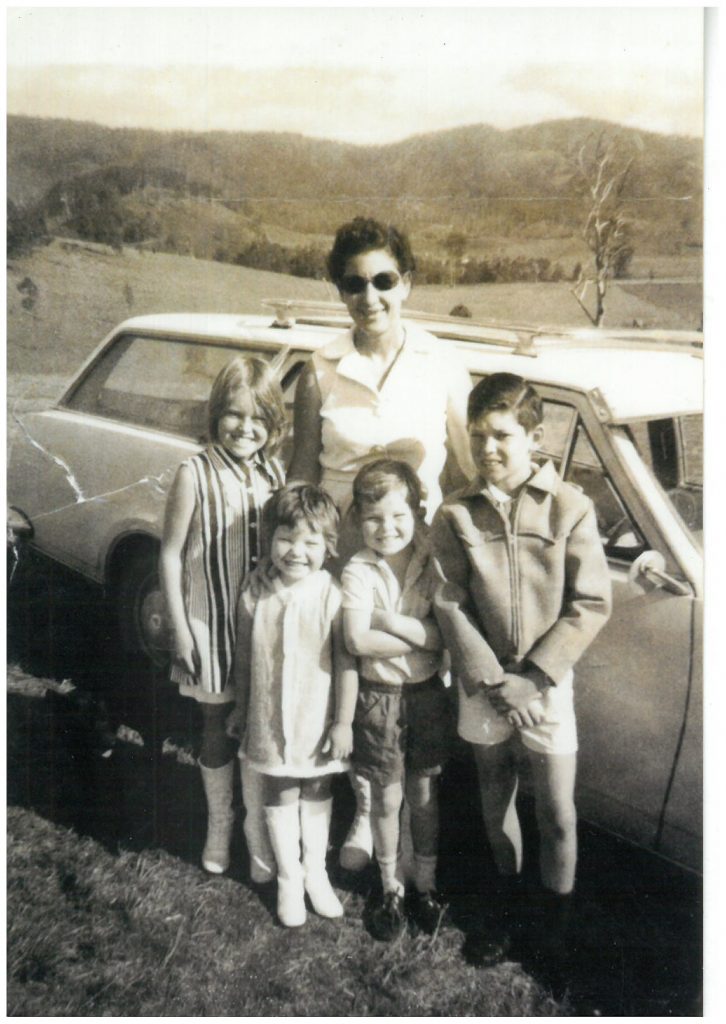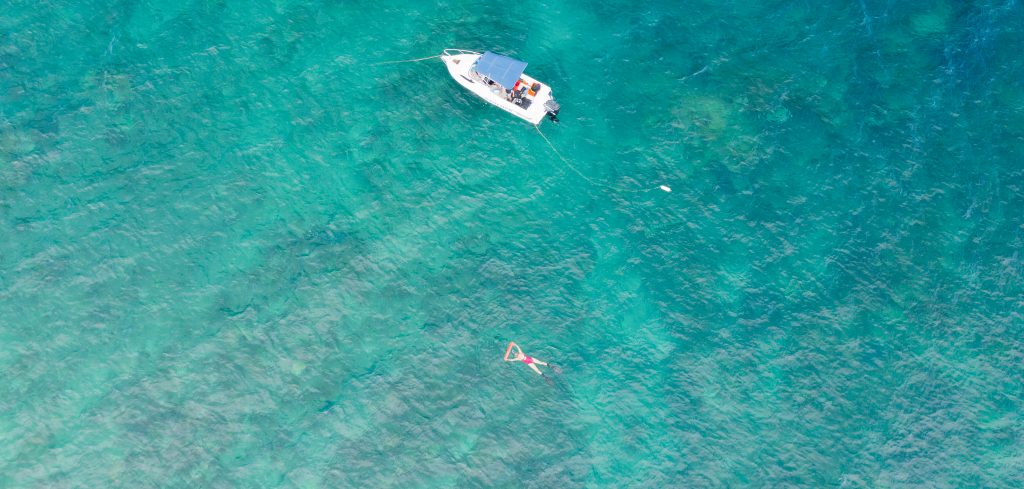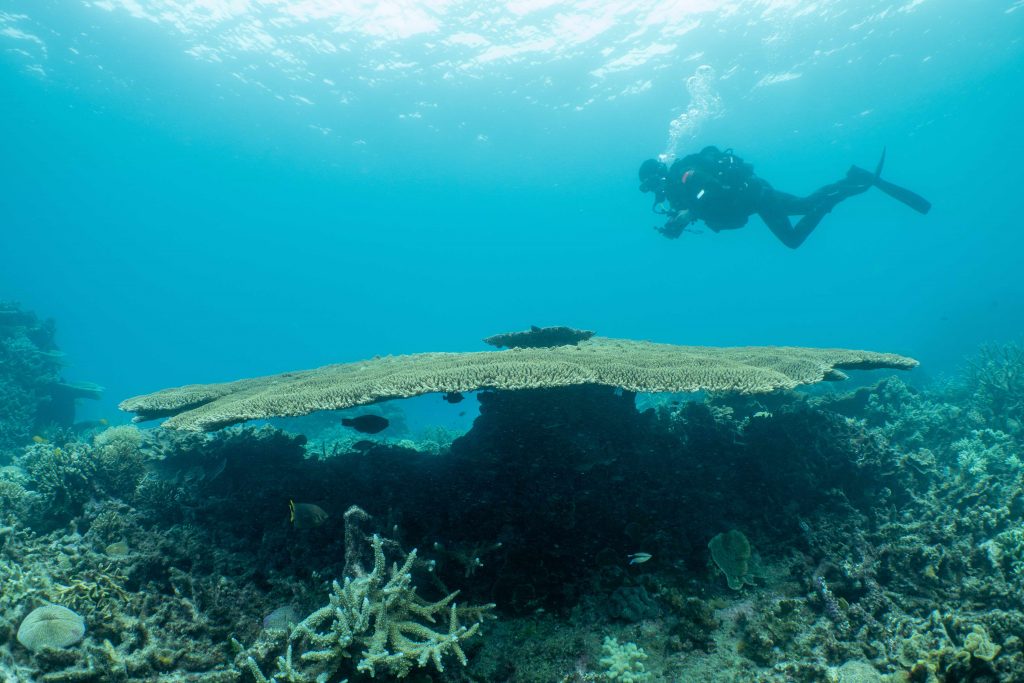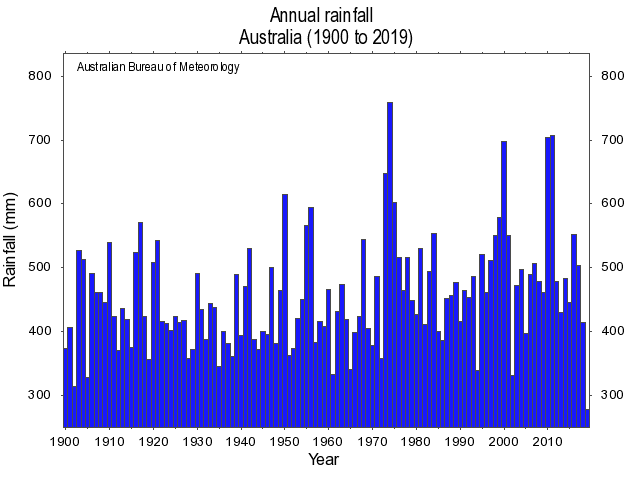When I was just seven years old my family travelled from Cooktown in the far north, down the entire Queensland coast stopping along the way in seaside caravan parks. I missed grade 2 of school, but I got to swim, and observe nature close-up, and I was allowed to be curious.

As a backpacker during University holidays I went to Fitzroy Island, and also snorkelled the reefs fringing the southern Whitsunday Islands.
Beginning in 1998, I had the opportunity to work for the Queensland sugar industry and visit farms along important river systems from Mossman to Hervey Bay – as well as visiting inshore corals reefs just beyond these river mouths.
Some ten years ago, from 2009 through until about 2014, I lived at Cooee Bay and snorkelled the reefs fringing Great Keppel Island.
All this time, for the last 50 years, the marine biologists and media, have been heralding the imminent collapse of these coral reef ecosystems that are part of the Great Barrier Reef. But they are still there, and as far as I can tell as beautiful as ever.
In nature, as in life, we can sometimes find whatever we are looking for and this is especially the case at coral reefs. Cyclones and sea level change – especially localised dramatic falls in sea level associated with El Niño events that periodically cause widespread bleaching – will destroy individual coral gardens. And over the edge of reef crests there are always piles of coral rubble. In fact, some of our most mature coral reef systems can grow into flat-topped platforms with live coral only around the perimeter: down the walls. The tops of these ancient reefs may be capped with coralline algae.
I was out recently scuba diving at Pixie Reef, just 22 nautical miles to the north east of Cairns. I went out with two underwater photographers to document Pixie reef for this moment in time. Because despite all the money spent on Great Barrier Reef research over recent decades there is no actual data giving any indication of the true state of its more than 3000 individual coral reefs.
Pixie Reef was classified as badly bleached in 2016, but there are no transect photographs (at least none publicly available) or video giving any idea what this looked like. We just have a score of ‘4’ from Terry Hughes looking out the window of an aeroplane flying at 150 metres altitude.

On page 9 of Peter Ridd’s new book ‘Reef Heresy’ it is explained that while the Australian Institute of Marine Science (AIMS) reports on coral cover, there are no direct counts of anything. Rather ‘observers’ are towed behind a boat from which they ‘estimate’ coral cover every few hundred metres.
Peter makes the analogy of someone estimating people’s weight after standing on a street corner for some minutes and looking at everyone who walks past. There is no set of scales and no recording the identity of each person, and then calculating an average. What AIMS does is more analogous to observing everyone who walks past for 2 minutes and then writing down an overall guesstimate weight.
These guesstimates from the AIMS researchers looking down at corals, while being towed behind a boat, over about 200 reefs, are then tallied up to give a % coral cover for the entire Great Barrier Reef. But, to reiterate, not a single direct measurement is actually made.
And there are no photographs or video. I gather that some have been taken, but none of the video from these manta tows are made public, nor the photographs from the transects that AIMS regularly takes.
Anyway, I’ve put up my transect photographs from Pixie Reef. You can find all 360 photographs here
If I had never visited the Great Barrier Reef, I would be inclined to believe that it was ruin – I could not know otherwise. I would only have the absurd narrative as repeated on the nightly television news. That I am genuinely curious about the Great Barrier Reef, rather than worried about it, must inevitably have a profound effect not just on my political outlook but also my state of mind.
My concern is less with the state of the Great Barrier Reef, and more with all the children in schools across the Western World who are taught that the Great Barrier Reef is dead from carbon dioxide causing climate change. It is a nonsense and it is making so many of them so anxious.
Jennifer Marohasy
24th March 2021

Postscript
So many of our once most trusted institutions are now engaged in little more than keeping us, the public, in a state of unnecessary and constant fear. It is so wrong. And it will stop people from visiting the still magical Great Barrier Reef.
Managers at the Australian Bureau of Meteorology have for years misled the public on the state of the climate. It is not getting drier, and the extent to which some coastal locations may have warmed over the last hundreds years is unclear because of all the changes to the measurement methods. Also, the extent of the remodelling of the temperature record can now be explored through an interactive table, unique to this website, with maximum and minimum annual series for all 112 ACORN-SAT sites (versions 1 and 2) juxtaposed against the raw data.

I’ve spent a lot of time over the last decade researching a technique for forecasting rainfall using artificial neural networks, a form of artificial intelligence. A list of my published technical papers detailing the technique can be found at https://climatelab.com.au/publications/.

 Jennifer Marohasy BSc PhD has worked in industry and government. She is currently researching a novel technique for long-range weather forecasting funded by the B. Macfie Family Foundation.
Jennifer Marohasy BSc PhD has worked in industry and government. She is currently researching a novel technique for long-range weather forecasting funded by the B. Macfie Family Foundation.